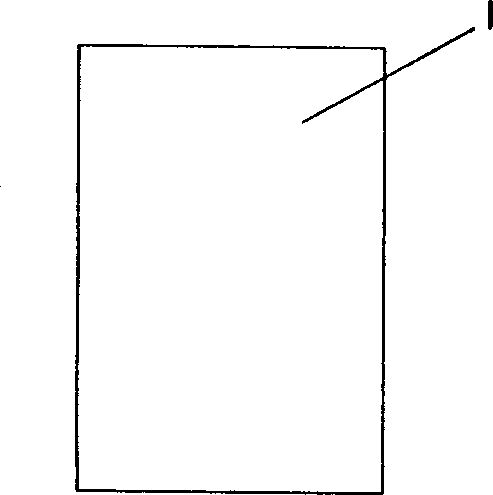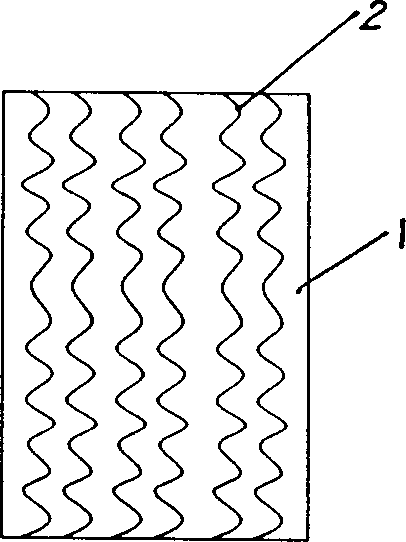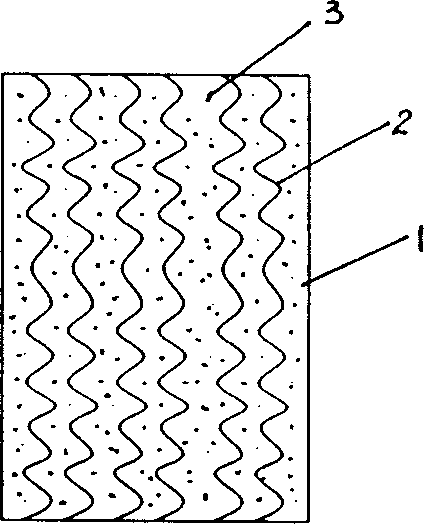Self-sticking and elastic bandage for medical use made of woven cloth and its prodn. method
A technology of self-adhesive elastic bandage, manufacturing method, applied in bandages, adhesives, medical science, etc.
- Summary
- Abstract
- Description
- Claims
- Application Information
AI Technical Summary
Problems solved by technology
Method used
Image
Examples
Embodiment 1
[0053] Example 1 10g / M 2 70D 1:1 7 rows / cm
Embodiment 2
[0054] Example 2 25g / M 2 105D 1:2 5.5 rows / cm
Embodiment 3
[0055] Example 3 40g / M 2 120D 1:3 3.5 rows / cm
[0056] To use non-woven fabrics to make elastomer substrates, you must first select raw materials that can meet the requirements of medical device dressings. Generally, non-woven fabrics of polypropylene yarn or nylon yarn and polyester yarn are used. These materials are soft, breathable, comfortable, etc. The performance, no irritation or allergy to human skin. The non-woven fabric manufacturing process should be hot-rolled or spunlaced. These two manufacturing processes can meet the basic requirements of elastic bandages; the weight per unit area of non-woven fabrics can range from 10 grams per square meter to 40 grams per square meter; the size of spandex filaments can be 70D or 120D, the larger the number of spandex filaments It means that the thicker the spandex yarn, the stronger the elasticity. Place the non-woven fabric on a wide warp knitting machine and use spandex yarns to sew into rows of fabrics at equal intervals o...
PUM
 Login to View More
Login to View More Abstract
Description
Claims
Application Information
 Login to View More
Login to View More - R&D
- Intellectual Property
- Life Sciences
- Materials
- Tech Scout
- Unparalleled Data Quality
- Higher Quality Content
- 60% Fewer Hallucinations
Browse by: Latest US Patents, China's latest patents, Technical Efficacy Thesaurus, Application Domain, Technology Topic, Popular Technical Reports.
© 2025 PatSnap. All rights reserved.Legal|Privacy policy|Modern Slavery Act Transparency Statement|Sitemap|About US| Contact US: help@patsnap.com



